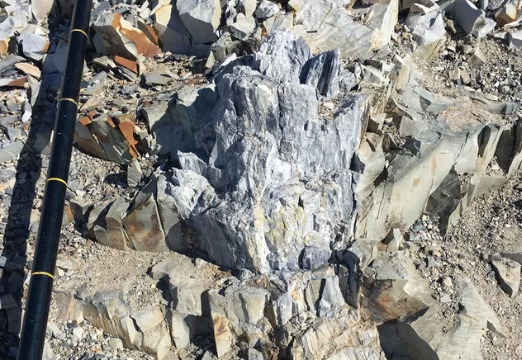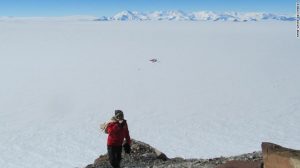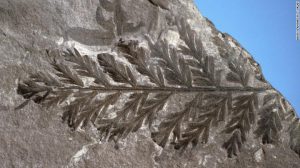It’s hard to look at Antarctica’s frigid landscape today and think of a lush forest. But Erik Gulbranson and John Isbell, from the University of Wisconsin-Milwaukee, and his team found the fossils of the oldest polar forest on record from the southern polar region. They haven’t dated that forest precisely yet, but it probably flourished about 280 million years ago- before the first dinosaurs walked on earth. They found the ancient specimens among the rocks where a leafy forest once grew.
Antarctica was not always the land of ice. Millions of years ago, when the continent was still a part of a large continental mass in the southern hemisphere, called Gondwana, trees flourished near the South Pole. Now the recently discovered and intricate fossils of some of these trees are revealing how the plants thrived.
Antarctica retains an ecological history of polar biomes spanning approximately 400 million years, which is basically the entire evolution of plants. The extinction was probably due to massive emissions of greenhouse gases from volcanoes which raised the planet’s temperatures to extreme levels and caused the ocean to acidify. The researchers believe that the forest got buried under volcanic ashes.
According to Gulbranson the southernmost part of the continent would have been carpeted in seed ferns extending up to 40 meters tall. Trees are believed to have lived through extremes of complete darkness and continuous sunlight. There would have been a mixture of mosses and ferns and the geologists believe forest stretched across the entirety of Gondwana.
Professor Gulbranson said that people have known about the fossils in Antarctica since around 1910 but most of the region remains unexplored.
In an interview with CNN, Prof Gulbranson said that dating the fossils was one of his team’s biggest challenges. He added that recent findings indicated the polar forest was about 280 million years old but that a margin of error could make the trees up to 20 million years older or younger.
He added that he believed his work could help understand the effects of contemporary climate change and added that today’s global warming could lead to forests moving towards the North Pole in places like Arctic Siberia and Arctic Canada.



